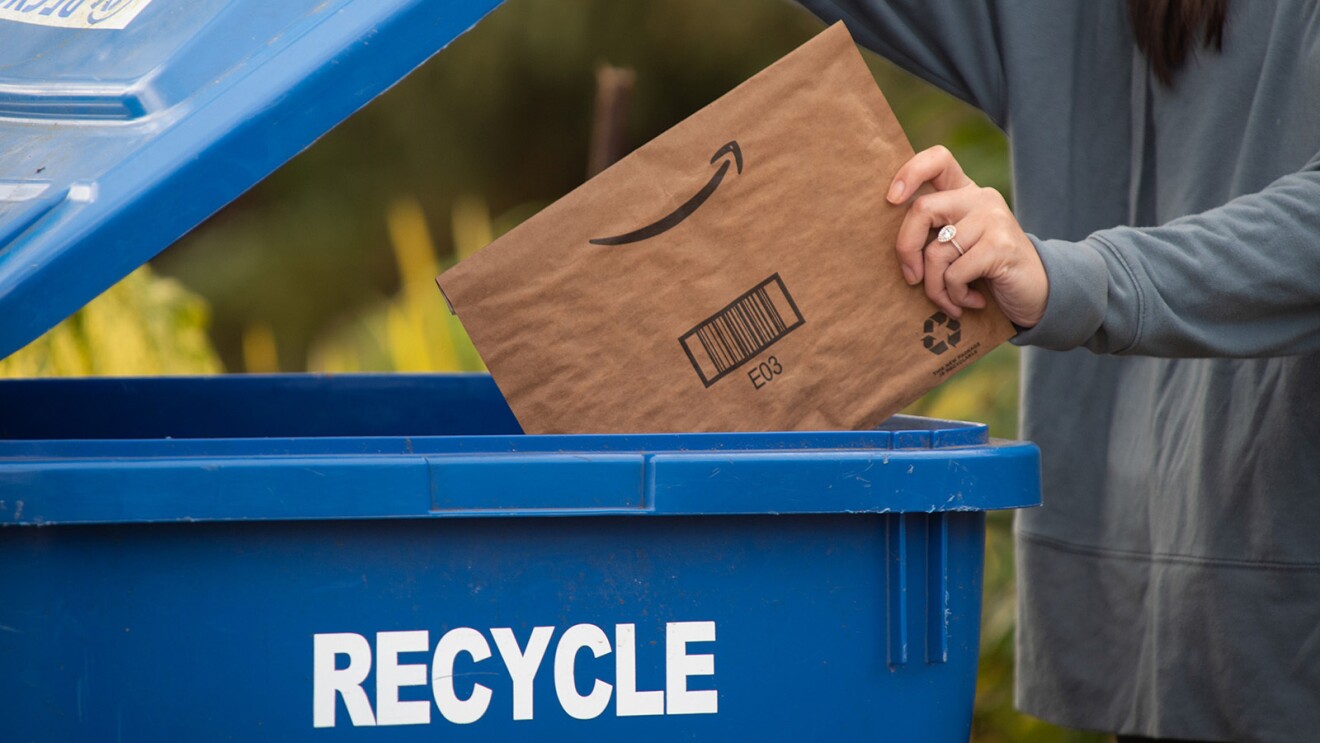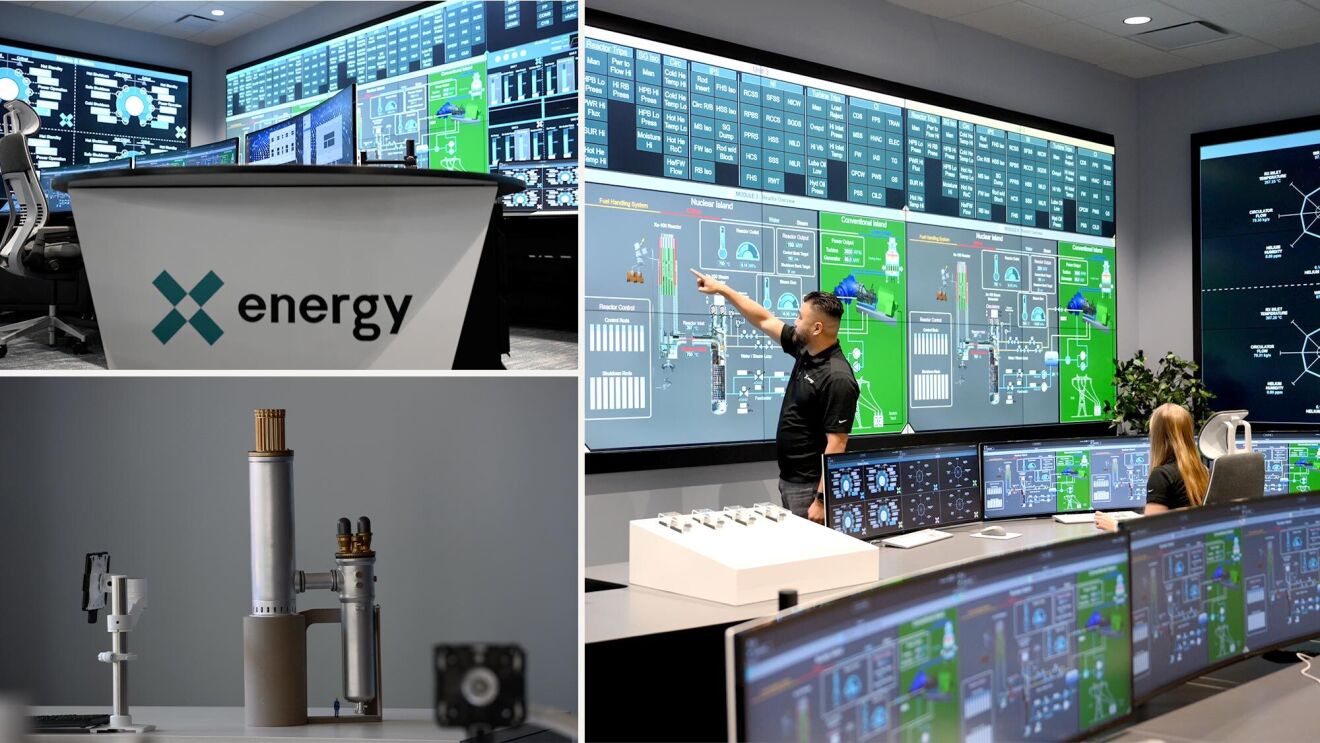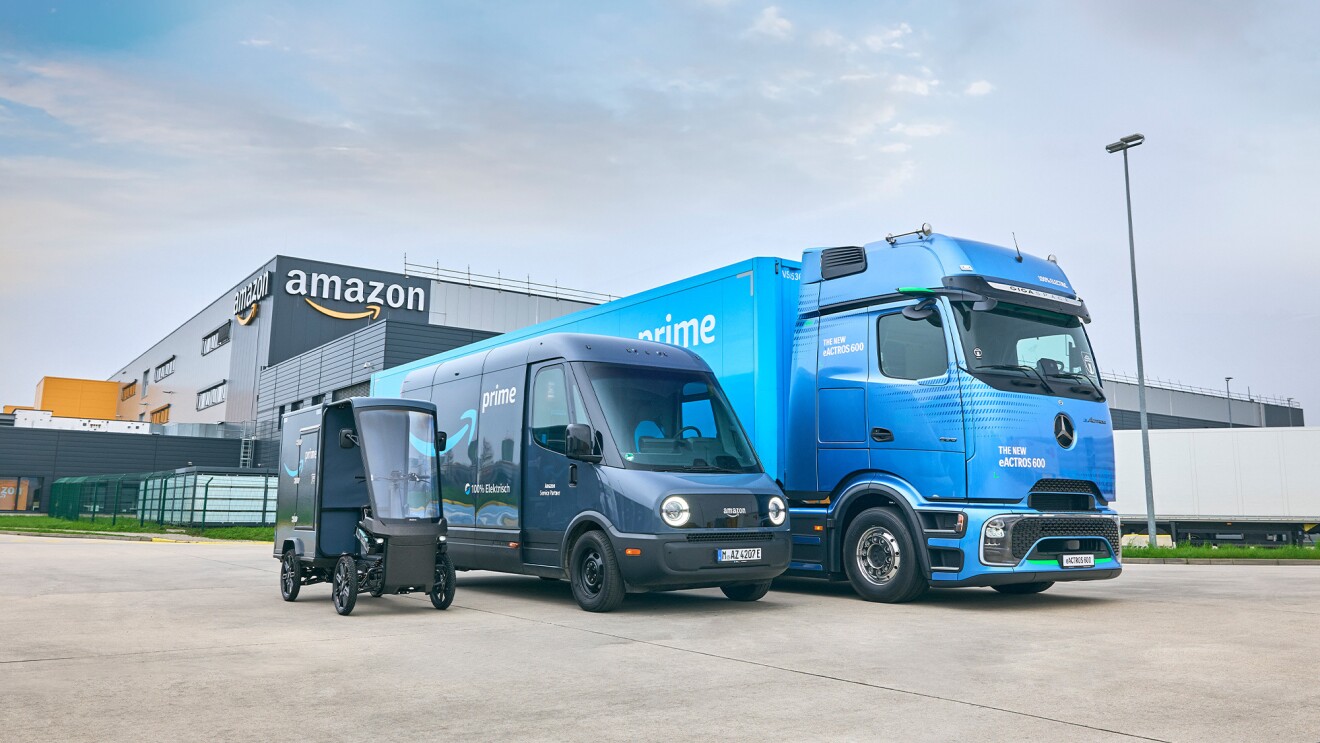Page overview
Innovating to improve Amazon’s fulfillment center operations is leading to fewer miles driven.
Jassy acknowledged that Amazon's rapid growth since he took over as CEO in 2021 has resulted in an expanded logistics network that needed optimization. This led Amazon to reassess its entire delivery model. A major decision was regionalizing the U.S. fulfillment network into eight hubs to get products closer to customers, improving the efficiency of the routes our trucks drive. This regionalized structure also has an environmental benefit. Because we’re placing items closer to customers, we’re eliminating some of the air transport, and our vans are traveling shorter distances—some of which are electric delivery vehicles with zero tailpipe emissions. And with fewer miles to travel, we have fewer delivery-related carbon emissions. Last year, the new model helped our operations teams and delivery service partners avoid traveling nearly 16 million miles.
For Jassy, as Amazon’s fulfillment network changes demonstrate, sustainability isn't a separate initiative—it's core to how Amazon operates. This starts with The Climate Pledge, Amazon’s commitment to reach net-zero carbon across its operations by 2040—10 years ahead of The Paris Agreement.
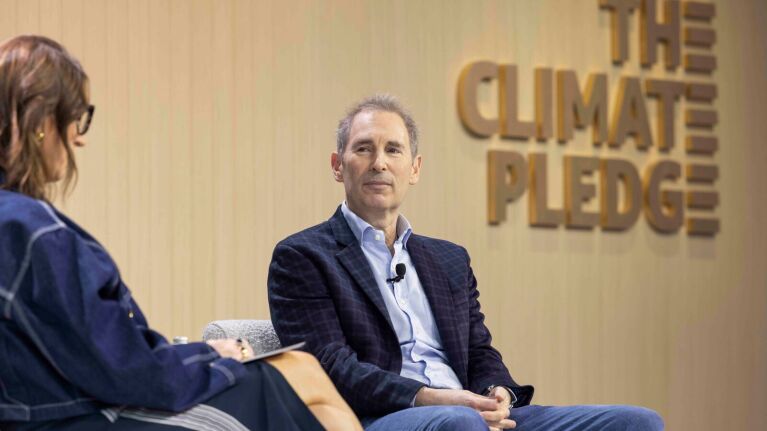
While the path to reaching net-zero carbon emissions won’t be linear, Jassy pointed to the tangible impact the company has already made. This includes Amazon’s status as the world’s largest corporate purchaser of renewable energy for the last four years, by enabling more than 500 wind and solar projects globally. Amazon also has more than 24,000 electricity delivery vans across its fleet globally, and has built the largest private charging infrastructure in the U.S.
“You can't wake up in the year 2038 and decide that you're going to make this happen. We meet very regularly with the [sustainability] team… It's every single one of our senior leaders of the company... They all have targets. They all have commitments. They all have to speak to the progress they're making and of the progress they're not making. When we announced the Climate Pledge in 2019, we didn't really have a plan on how we'd get there. We knew how we get a good chunk of the way there. But there's still a lot of innovation left to happen."
Jassy has been with Amazon for over 25 years, and one thing that has remained constant during that time is the company’s unique and peculiar culture. Jassy reflected on how there are a lot of companies that talk about being customer focused, but very few that actually deliver on that.
“It turns out, of course, most people care about this. Our customers care about this, our partners care about this, our employees care about this. And so, we've been working really hard over the last many years to incorporate changes into how we operate to be more environmentally friendly. If you want the planet to be inhabitable for our kids and our kids’ kids, we have to make changes.”
Amazon has a clear strategy when it comes to generative AI—giving customers plenty of choices and options rather than forcing a one-size-fits-all solution. The company believes that developers and businesses don't want to be limited to just a single AI tool. Instead, they prefer the flexibility to mix and match the best technologies for their specific needs.
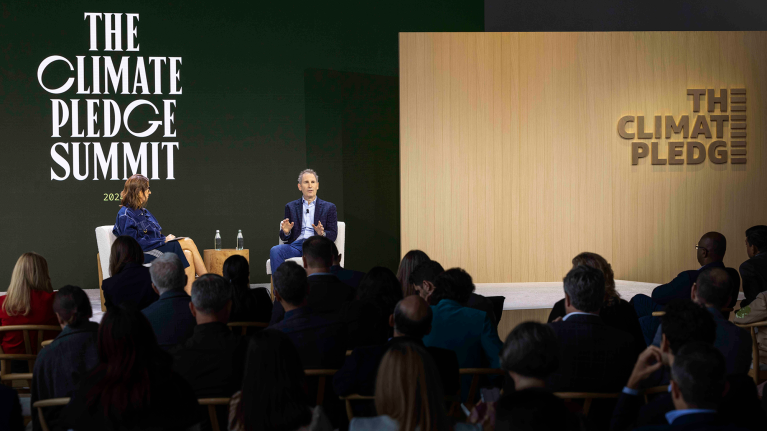
You can see this "choice" philosophy reflected in the different layers of Amazon's generative AI offerings. At the most basic level, Amazon Web Services (AWS) has invested in purpose-built computer chips like Trainium and Inferentia that are specially designed for efficiently running large AI models. Then in the middle layer, there's the Amazon Bedrock service that provides a wide selection of pre-trained AI models that customers can further customize with their own data. At the top application layer, Amazon offers AI assistants like Amazon Q to directly aid tasks like software development.
Across all three layers, Amazon aims to balance innovation in generative AI with sustainability. As these powerful AI models can require significant computing power, Amazon is innovating to increase efficiency and enabling reliable, carbon-free energy technologies capable of meeting the demand.
“The reality is that moving to the cloud is four times more energy efficient than running on premises.”
Jassy underscored how the company has a responsibility to go beyond meeting its own sustainability commitments. Amazon also wants to enable others to scale, test, and invent—this type of collaboration is what The Climate Pledge is made of with its community of more than 525 signatories who have all committed to net-zero carbon by 2040.
Enabling broader change is why Amazon created The Climate Pledge Fund, which has invested in more than 25 companies to accelerate sustainability progress across the areas of transportation, aviation, freight, packaging, farming, and technology—including new investments in companies that are developing green hydrogen production and storage methods, lower-emission energy storage, and solutions for decarbonizing construction.
Building on the company’s efforts to foster collaboration and accelerate progress, Jassy highlighted Amazon’s recent launch of the Amazon Sustainability Exchange, a free website sharing the company's methodologies, data, and playbooks for decarbonization across areas like buildings, transportation, and renewable energy procurement.
By embedding sustainability initiatives into its core operations, investing in sustainability-focused tech, and sharing its learnings, Amazon is aiming to be a catalyst for system-wide change to help protect the planet.
“Most of the technology companies have been working hard at renewable energy. And, we got there in 2023. If you think about what Amazon does as a more industrialized company, you think about all the fulfilment centers we have, the packaging we have, the last mile transportation, the middle mile trucking, the ocean freight, and the air travel that we do—that is a very different equation and much harder to do. There is a lot of invention left to happen, and we are doing a lot of it ourselves, but we're also working with a big partner community. The reality is that if we want to get to our collective goal, it doesn't work if just one company gets there. We all have to do it together.”
Learn more about our efforts at sustainability.aboutamazon.com
Trending news and stories




